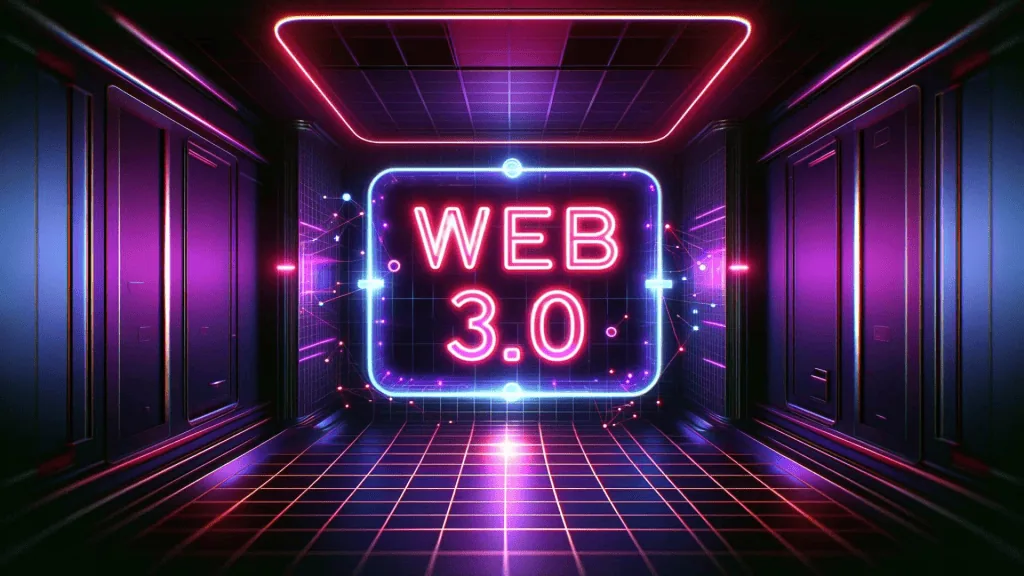Tokenization: Transforming Physical Assets Digitally
Reading time: 3 minutes
Tokenization is transforming physical assets digitally, revolutionizing the way we perceive and manage them by converting them into digital tokens on a blockchain. This transformative process enhances liquidity, transparency, and accessibility, offering new opportunities for investors and asset owners alike.
At its core, tokenization involves representing ownership rights to physical assets through digital tokens. These tokens can represent anything from real estate and art to commodities and intellectual property. Each token is a digital representation of a fractional ownership interest in the underlying asset, recorded on a blockchain. This ensures a secure, immutable, and transparent record of ownership.

One of the primary benefits of tokenization is increased liquidity. Traditional markets for physical assets, such as real estate or fine art, are often illiquid, with high entry barriers for investors. Tokenization allows these assets to be divided into smaller, tradable units, enabling fractional ownership. This fractionalization lowers the entry barrier, allowing a broader range of investors to participate and increasing the overall liquidity of the market. As businesses embrace digital transformation across various domains, innovations like enhancing CRM with artificial intelligence are also revolutionizing customer engagement and relationship management strategies.
Transparency is another significant advantage. The use of blockchain technology ensures that all transactions and ownership records are recorded on a public ledger, which is immutable and accessible to all parties. This transparency reduces the risk of fraud, enhances trust, and provides a clear audit trail. For example, in real estate, tokenization can provide a transparent history of property ownership and transaction details, simplifying due diligence and increasing investor confidence.
Tokenization also enhances accessibility. By digitizing physical assets, tokenization enables 24/7 trading on global markets, removing geographical and time constraints. Investors can buy, sell, and trade tokens representing physical assets from anywhere in the world, at any time. This global accessibility opens up new investment opportunities and enables a more inclusive financial ecosystem. As these digital assets become more mainstream, choosing the perfect domain name for your website becomes essential to establish trust and visibility in the digital marketplace.
Despite its advantages, tokenization faces challenges such as regulatory uncertainty and technological complexity. Regulatory frameworks are still evolving to address the legal implications of digital asset ownership. Additionally, the technology underlying tokenization requires robust security measures to protect against hacking and ensure the integrity of the blockchain.
In conclusion, tokenization is transforming the management and investment of physical assets by converting them into digital tokens. By transforming physical assets digitally, tokenization enhances liquidity, transparency, and accessibility, paving the way for a more inclusive and efficient financial market. As regulatory frameworks develop and technology advances, tokenization is poised to play a crucial role in the future of asset management and investment. Explore what Owltek Solutions has to say about the transformative impact of Web 3.0 on the digital landscape.
**This post contains affiliate links, meaning I may earn a small commission if you make a purchase through one of them. Rest assured, I only recommend products I truly love. Your support helps keep my creative business thriving — thank you!**
